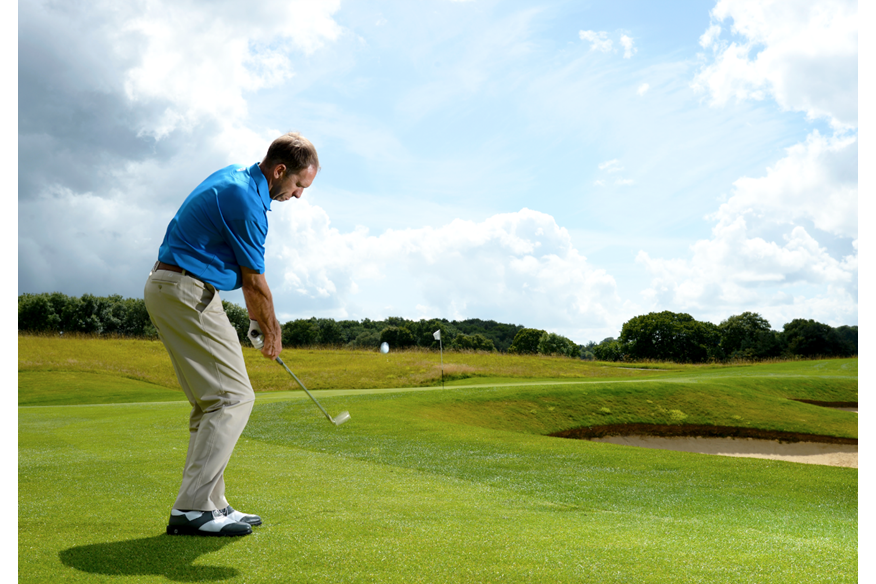Select the right shot inside 100 yards
Last updated:
Ask the right questions and you’ll play the right shots, say tour coaches Karl Morris & Gary Nicol.
If you miss the fairway off the tee, you can generally get your ball back into play with your second shot. Once you get your second shot back into play and hopefully somewhere around the green or at least within striking distance of it, now is the time you can get back on track with a good third shot.
For the vast majority of golfers, statistically the most important shot on most holes isn’t the tee shot or approach shot but this third shot. That might come as a bit of a surprise when all we seem to hear and talk about is distance, but the reality is that your third shot will, more often than not, be the one that will either make or break your score.
Third shots can be crucial when it comes to the momentum of a round. They can either stop you dead in your tracks or allow you to keep a good round going. This is where you can really make a difference to your scoring and enjoyment of the game. But the shot is sadly overlooked.
RELATED: Pitch it closer with Danny Willett
Typically within a 100 yards of the green, third shots invariably present us with options. We can go high, low, be more aggressive or more conservative. Later we will talk in more detail about selecting the most appropriate option for the challenge facing you; but your first task is to make sure you’re thinking with a clear head.
A missed green means that something has probably not gone right earlier in the hole; you can only really make a difference with the third shot IF you have put your errant tee shot or second shot to the back of your mind.

We’re not going to preach about the power of positive thinking because it can and will let you down. You can venture out on the course with the best of intentions, telling yourself that you will have a good day today. You will hit booming drive after booming drive. You will hit every green in regulation, and you will hole every putt you look at. Which sounds great until reality kicks in and the chaos descends. As the former world heavyweight boxing champion Mike Tyson famously said: “Everyone has a plan until they get punched in the mouth.”
Neither are we saying that you should adopt a negative mindset. Far from it. A positive mindset is always preferable. But rather than try to think positively, we would encourage you to ask positive questions. Questions focus the mind and keep you grounded in the present. Rather than saying, “I will do this” or “I will do that”, why not try this slightly different approach?
When assessing any and every shot, ask yourself, “What is the shot here? What does the ball have to do? Is it possible that I could play a really good shot here? What does a really good shot look like? What does a really good shot feel and sound like?”

By asking these questions, we go into problem-solving mode. As human beings, we have come a long way since living in caves and hunting down lunch as a result of asking good questions about how we are going to solve a particular problem, coming up with a good answer, formulating a plan and then executing it.
Once you have established that it is in fact possible to play a good shot from 10, 20 or 100 yards from the green, and you have a clear picture in your mind’s eye of what that good shot looks like, then and only then should you select the appropriate tool for the task. All too often we see golfers reaching for a certain club long before they even get to their ball. How can you pick a club when you haven’t even assessed the lie, or distance to the hole? This is where so many club players waste shots.
Poor shot selection is largely the consequence of not asking the right questions. After all, if you don’t ask the right questions, it is highly unlikely you will come up with the right answer.
Taken from The Lost Art of the Short Game by Gary Nicol and Karl Morris – with a foreword from Bob Vokey, the godfather of wedges. Available now at www.thelostartofgolf.com in hardback (£19.95) and Kindle (£9.99) formats.
READ NEXT: How to pitch from a bare lie

